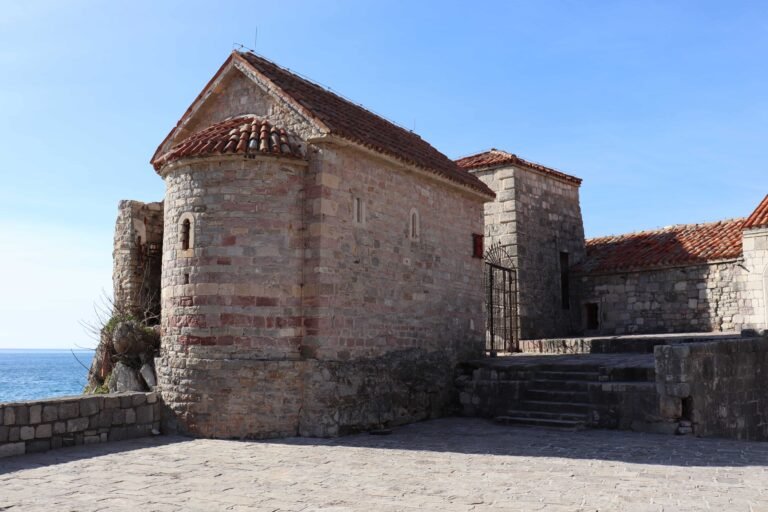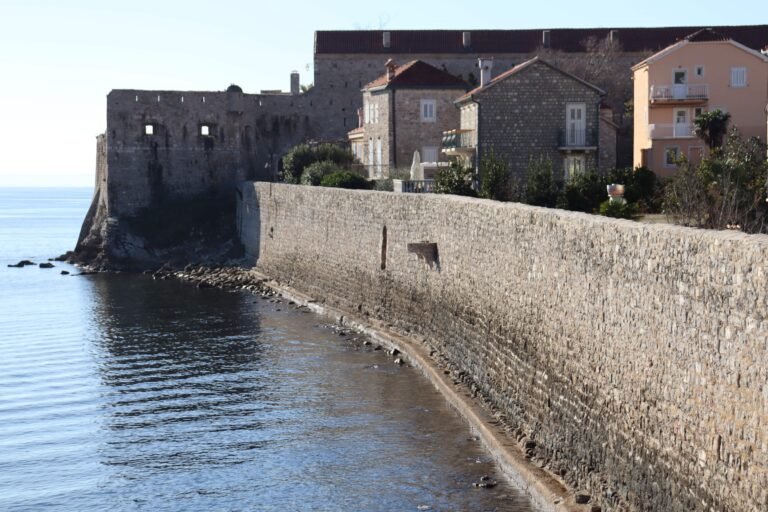Arheološki Muzej Budve predstavlja tipičan urbani objekat renesansnog sklada i koncepta. Objekat odlikuje veliki lučni barokni portal koji vodi u dvorišni dio muzeja sa bistijernom. Na zgradi muzeja mogu se uočiti terase galerijskog tipa kao i barokni stubovi. Na istočnoj strani nalaze se ostaci masivnih zidova koji su danas adaptirani za muzejski lapidarijum. Nad ulaznim vratima je ugrađen grb sa heraldičkim znakom lisice i ugraviranom godinom 1825. Nakon zemljotresa 1979, ispod ovog objekta pronađeni su ostaci rimskog pločnika. Zgrada je jedno vrijeme funkcionisala kao Etnografski muzej da bi kasnije bila ponovo pretvorena u Arheološki muzej sa etnografskom zbirkom na trećem spratu. Interesantna bilješka u istoriji Crne Gore jeste da se upravo u ovom objektu Petar I Petrović susreo sa admiralom Lorinstonom u vrijeme kada su Francuzi vladali Budvom.
Archaeological Museum of Budva
The Archeological Museum of Budva is a typical urban building with a Renaissance style and concept. The building is characterized by a large arched Baroque portal which leads to the courtyard part of the museum and its vestibule. The terraces as well as baroque columns can be spotted on the building. On the eastern side, the remains of a massive wall are located, which have been adapted for the museum’s lapidary. A coat of arms with the heraldic sign of the fox and the year 1825 is engraved above the entrance door. After the earthquake in 1979, the remains of an ancient Roman pavement were found under the building. At one point the building functioned as an Ethnographic Museum but was later again transformed into an Archeological Museum with the ethnographic collection on its third floor. An interesting note in the history of Montenegro is that this building was the location where Petar I Petrović was meeting Admiral Lorinston during the time of French occupation.





